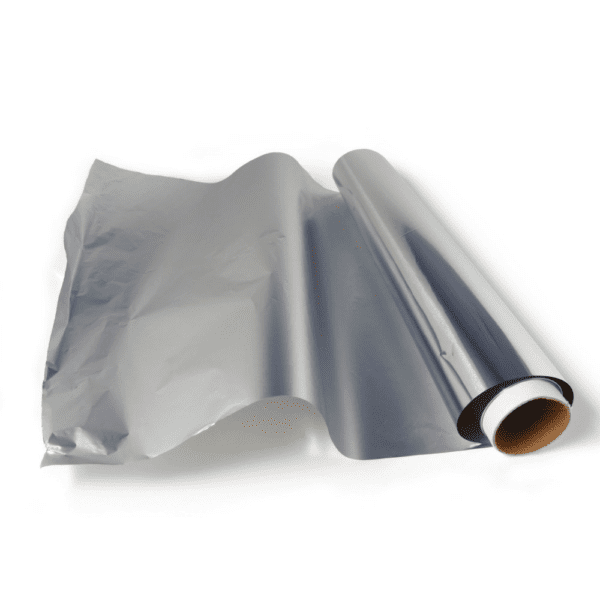[AI:19] The Last Gauntlet
Over the year’s I’ve thought of that time in August until Thanksgiving break as “the gauntlet” due to the extensive time, the summer heat, and the pressure to change Freshman into humans. Well, it’s over. The break starts tomorrow and a week of peace… hopefully.
TODAY IN AREA154:
Open the website in your Chromebook:
- TASK 1: Find what you are missing – and get it done!
ATN Check list:
Training ONE:
- Section 1: Antarctica
- Section 2: Black Knight
- Section 3: Bob Lazar – Elem. 115
- Section 4: Periodic table time challenge
Training TWO:
- Section 1: Role of Neutrons
- Section 2: Calculating Density
- Computer Training 2: Nucleus Building
- Section 3: Aluminum foil thickness
- Section 4: Ultra Materials
- Section 5: Lewis Dots
- Section 6: Electronegativity & Bonding
- Section 7 – Types of bonds (ionic, covalent, metallic)
Video and Computer Trainings:
- Video Based Training 1: Bob Lazar video part I
- Computer Training 1: Density Challenge
- Computer Training 2: Lewis Dot Structure
- Computer Training 3: Atomic Puzzles
STUDY GUIDE:
- Know how many bonds atoms like B, C, N, O, Na, and Ca can make
- Be able to calculate density – D = m/v
- There are two questions that ask you to find the thickness of the aluminum foil [ T = m/(a*d) ]
- Be able to find the number of neutrons in an atom. (Mass – protons = nuetrons)
- Know that bigger elements will always have more neutrons
- Know how to find the volume of an object if given mass and density
- What is the official name of the element 115 that Lazar talked about
- Know how to find the atomic number for elements like Sn, Ca, Ra, C, W, Au
- Know which types of bonds share and which kind give electrons away
- Know that the number of electrons is always the same as the protons in a neutral atom
- Be able to recognize the Lewis dot structure of different elements
- Know how to figure out how many valence electrons elements like Ca, N, Li, Cl, Ar, O have in their outer layer
- Know that neutrons are the “glue” that holds all of the protons together in the nucleus


:max_bytes(150000):strip_icc()/PeriodicTableEnegativity-56a12c955f9b58b7d0bcc69d.png)

